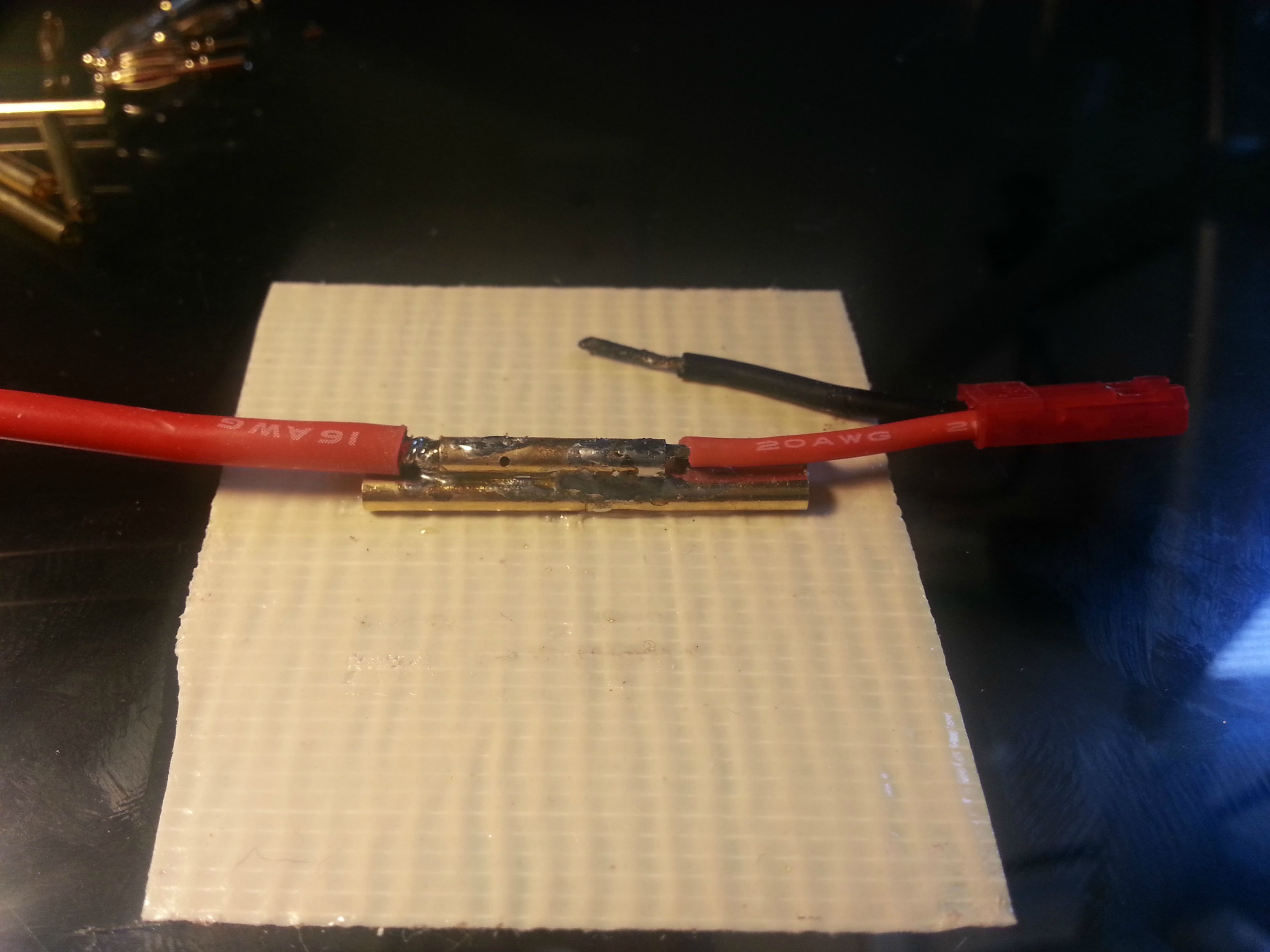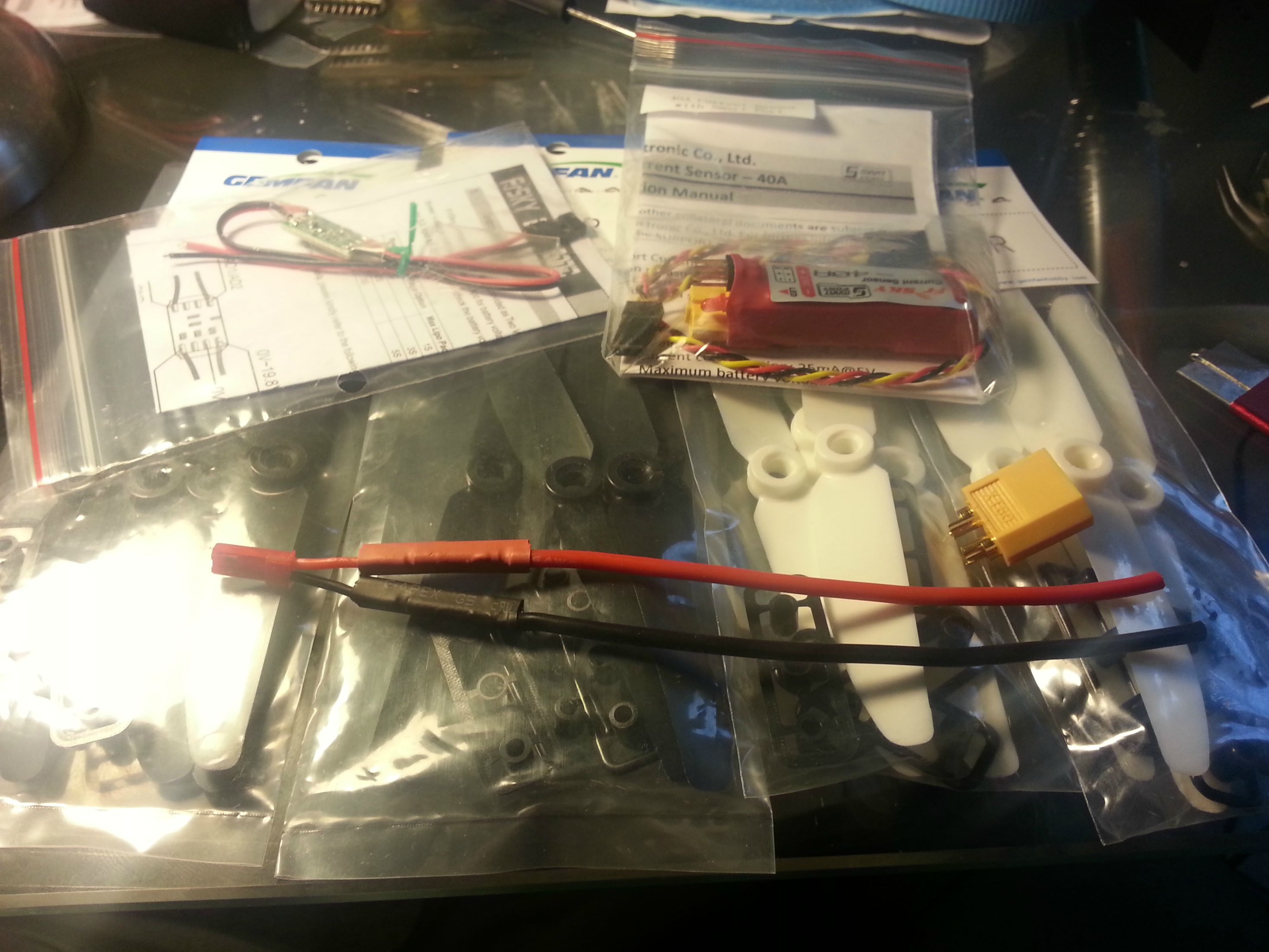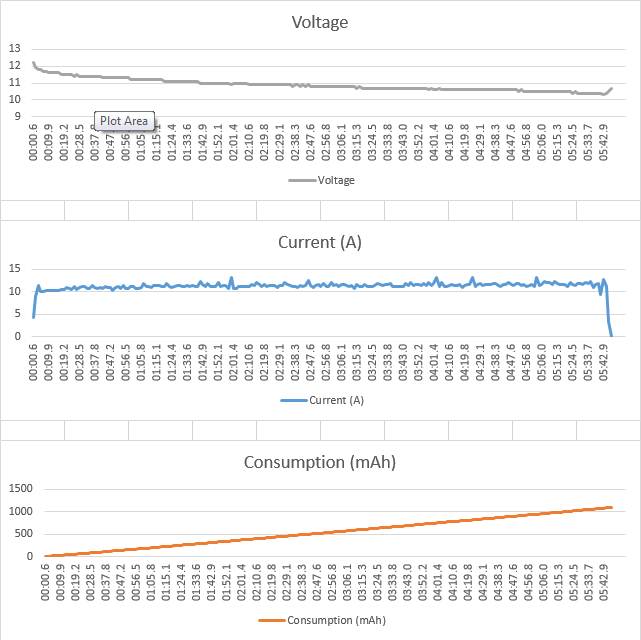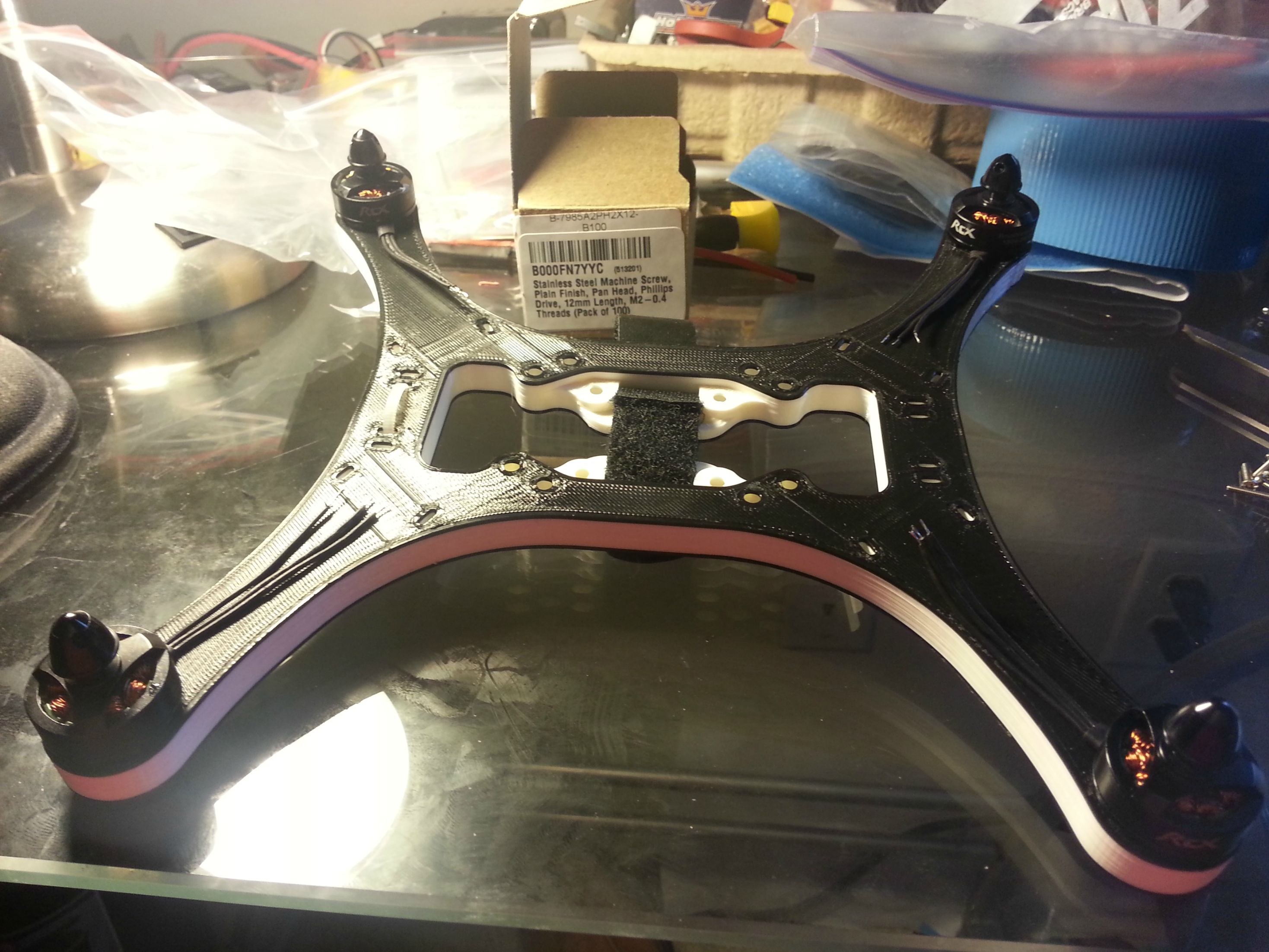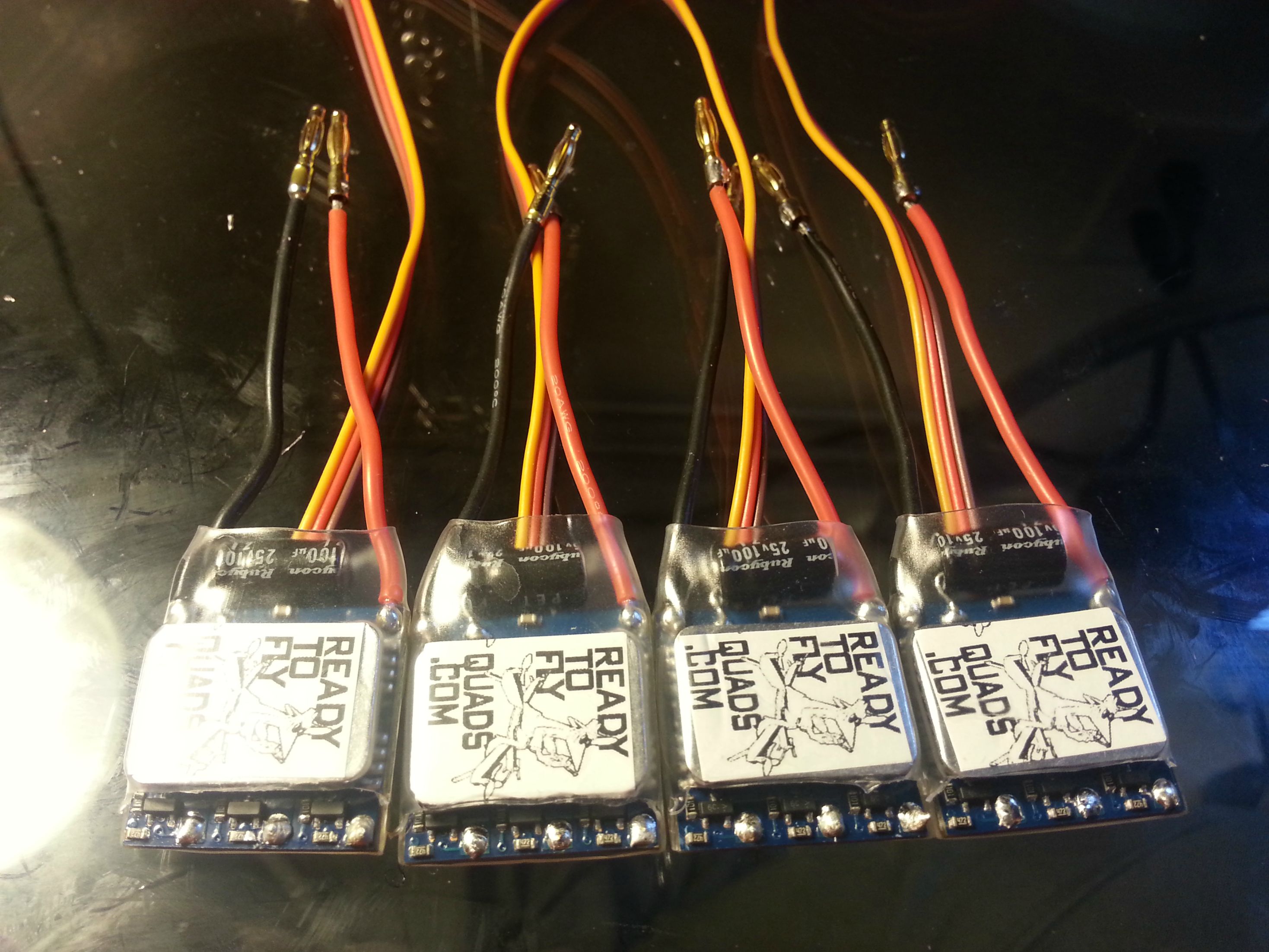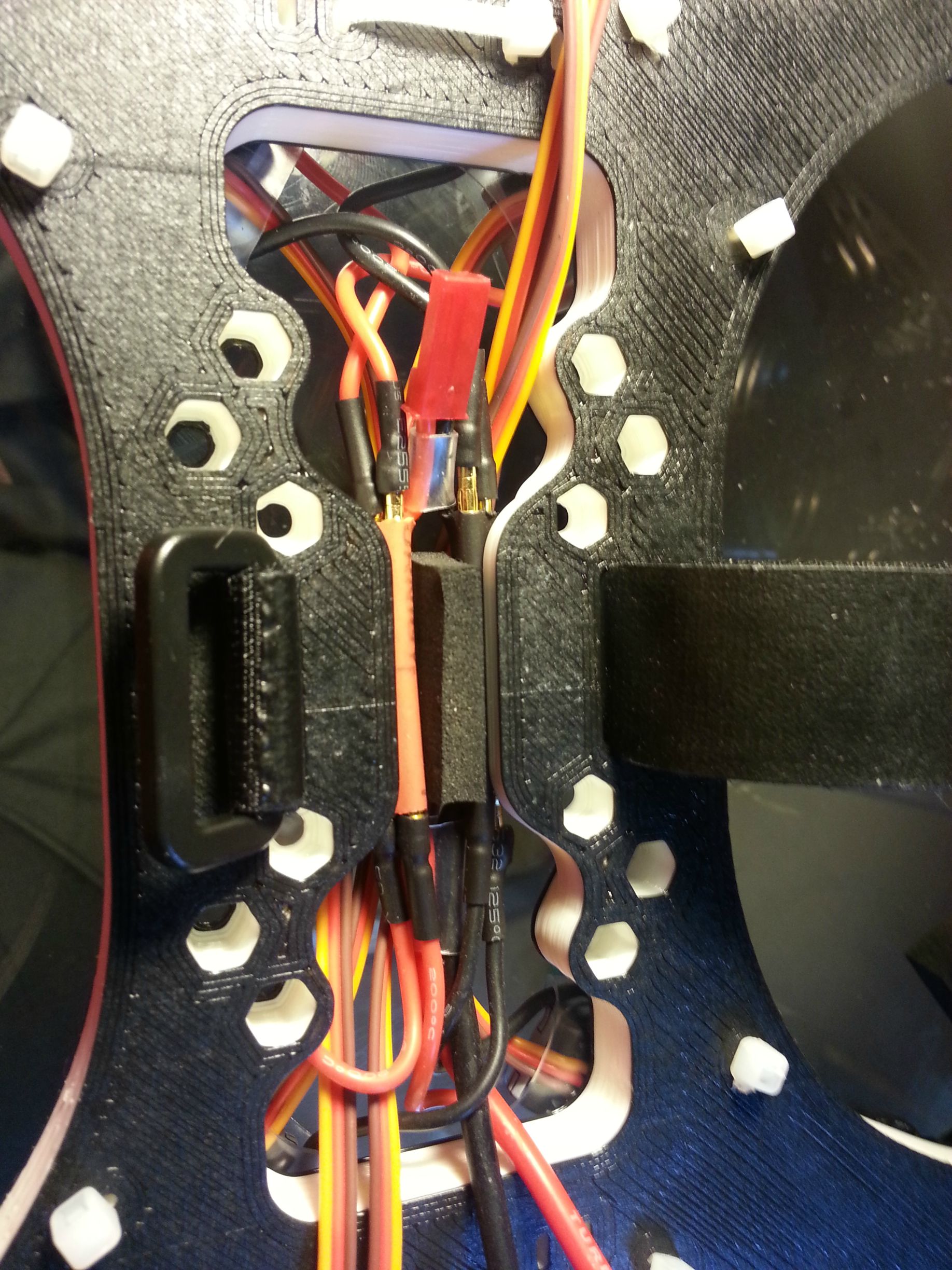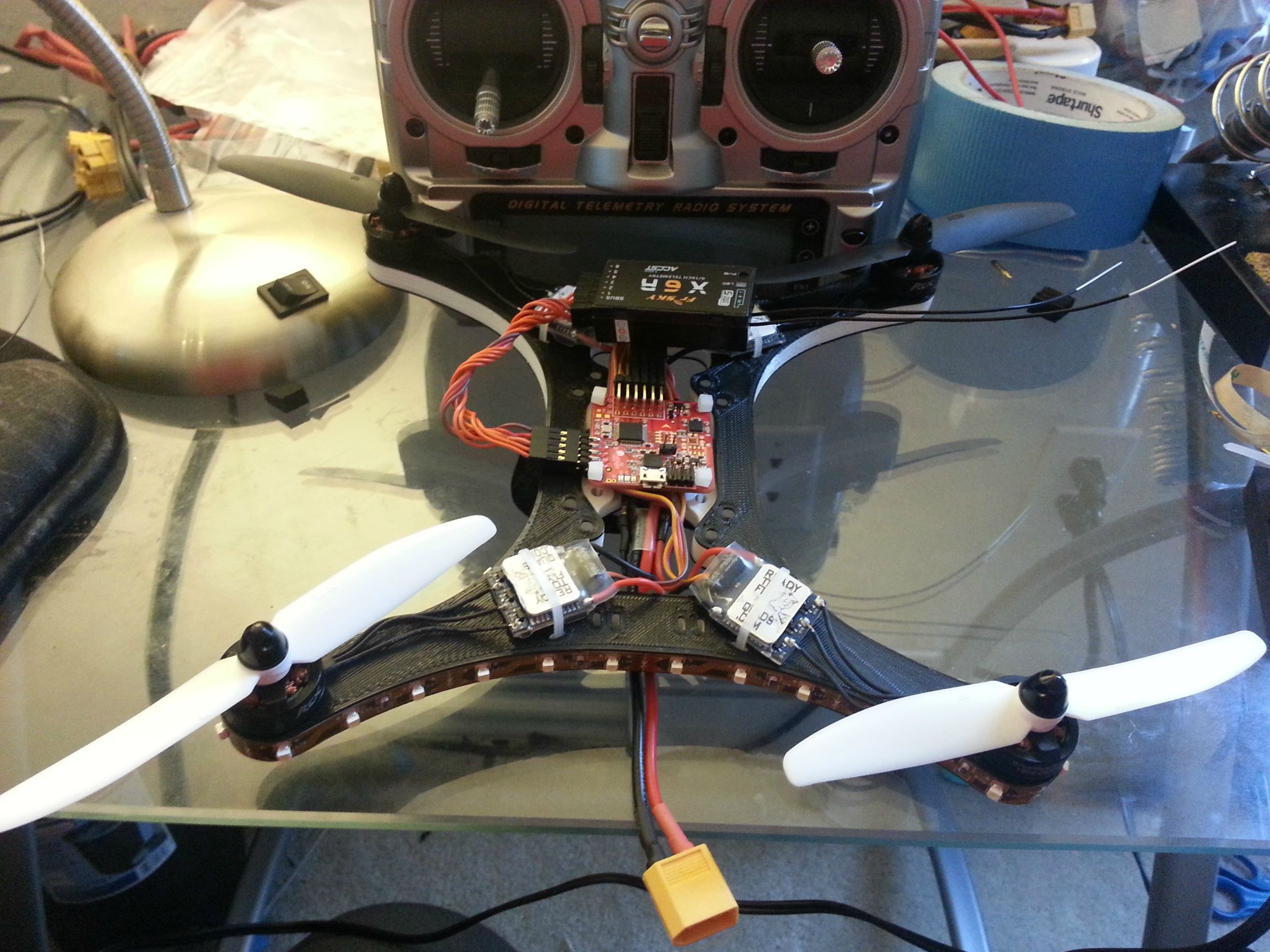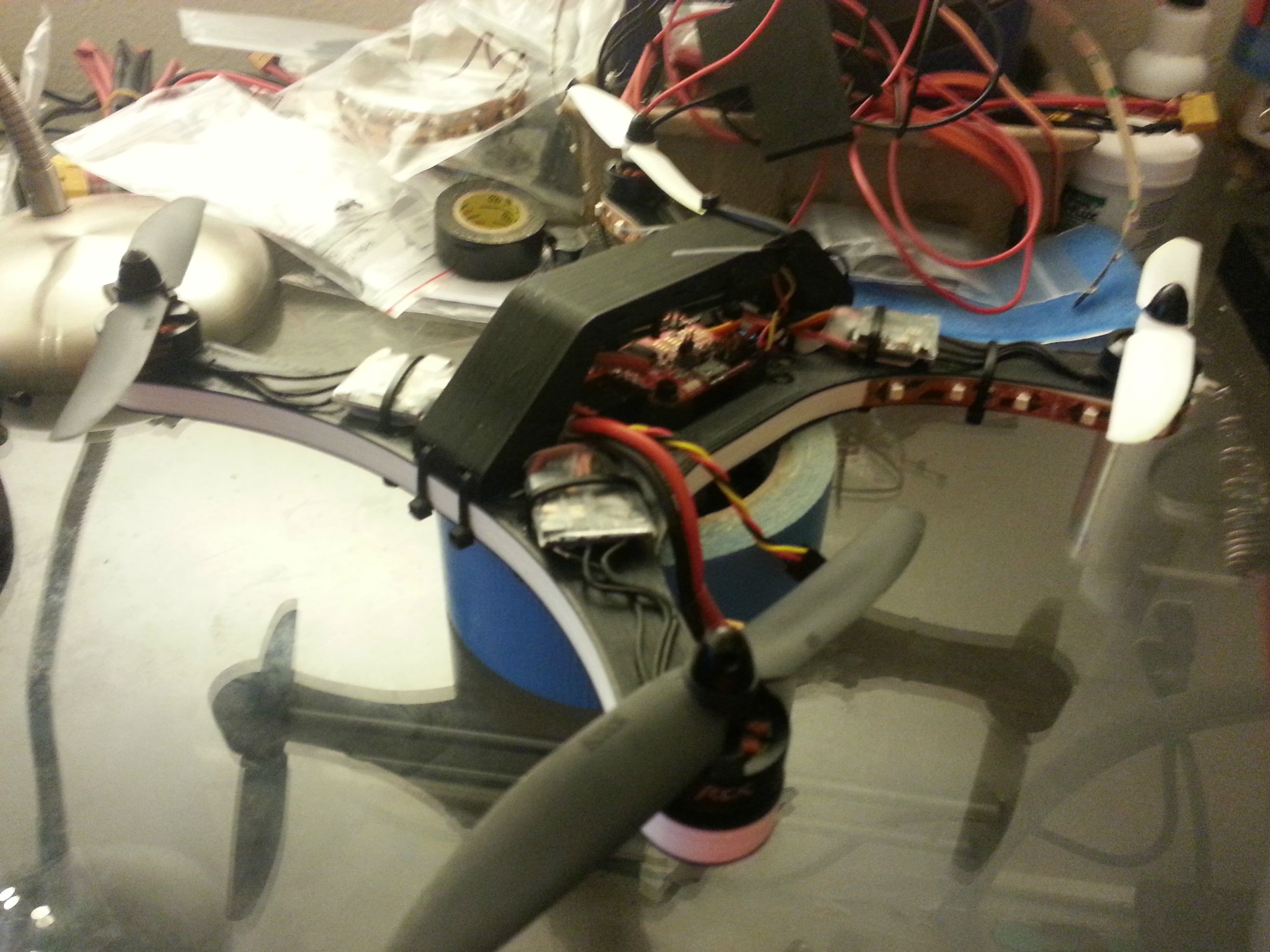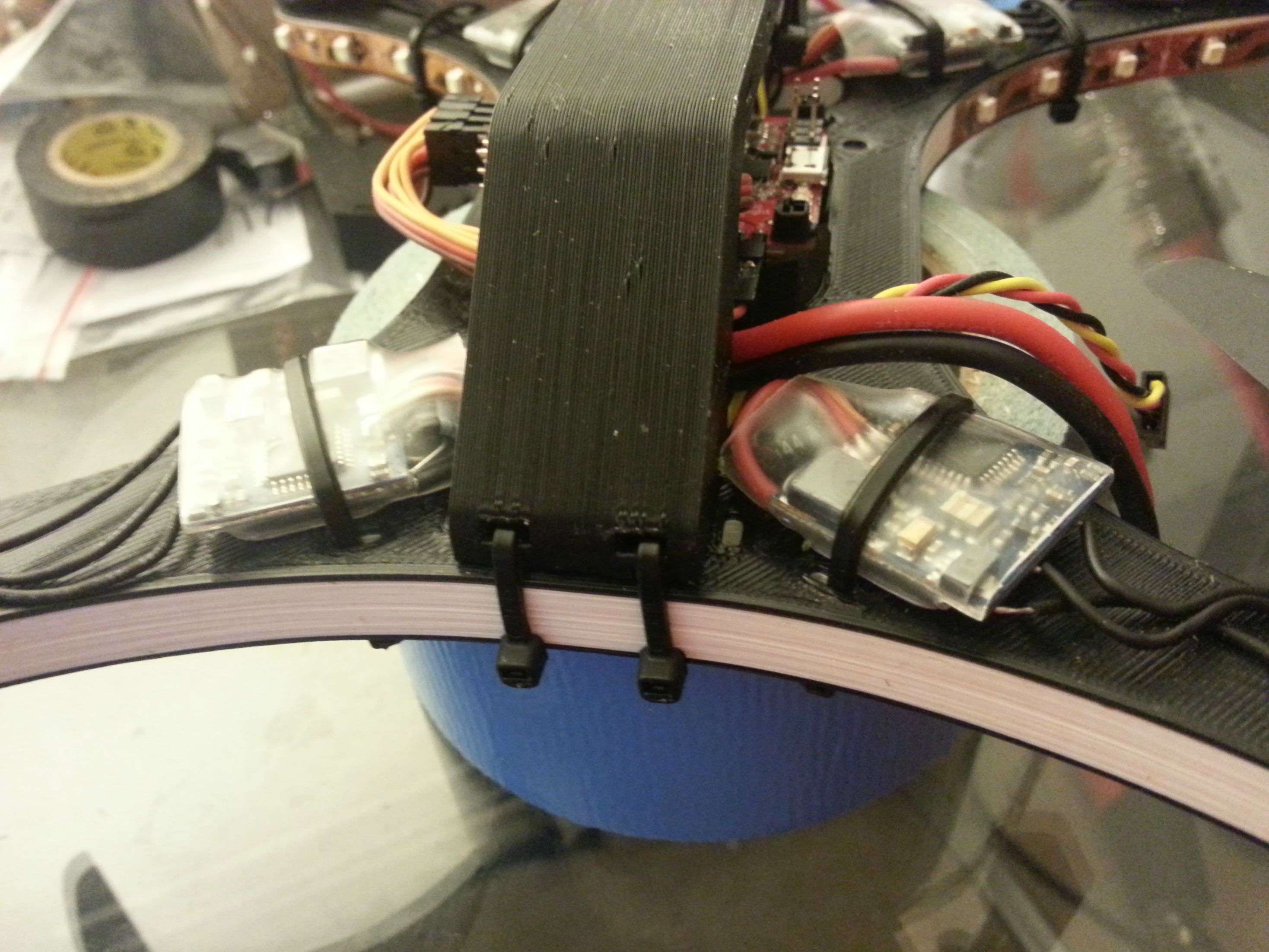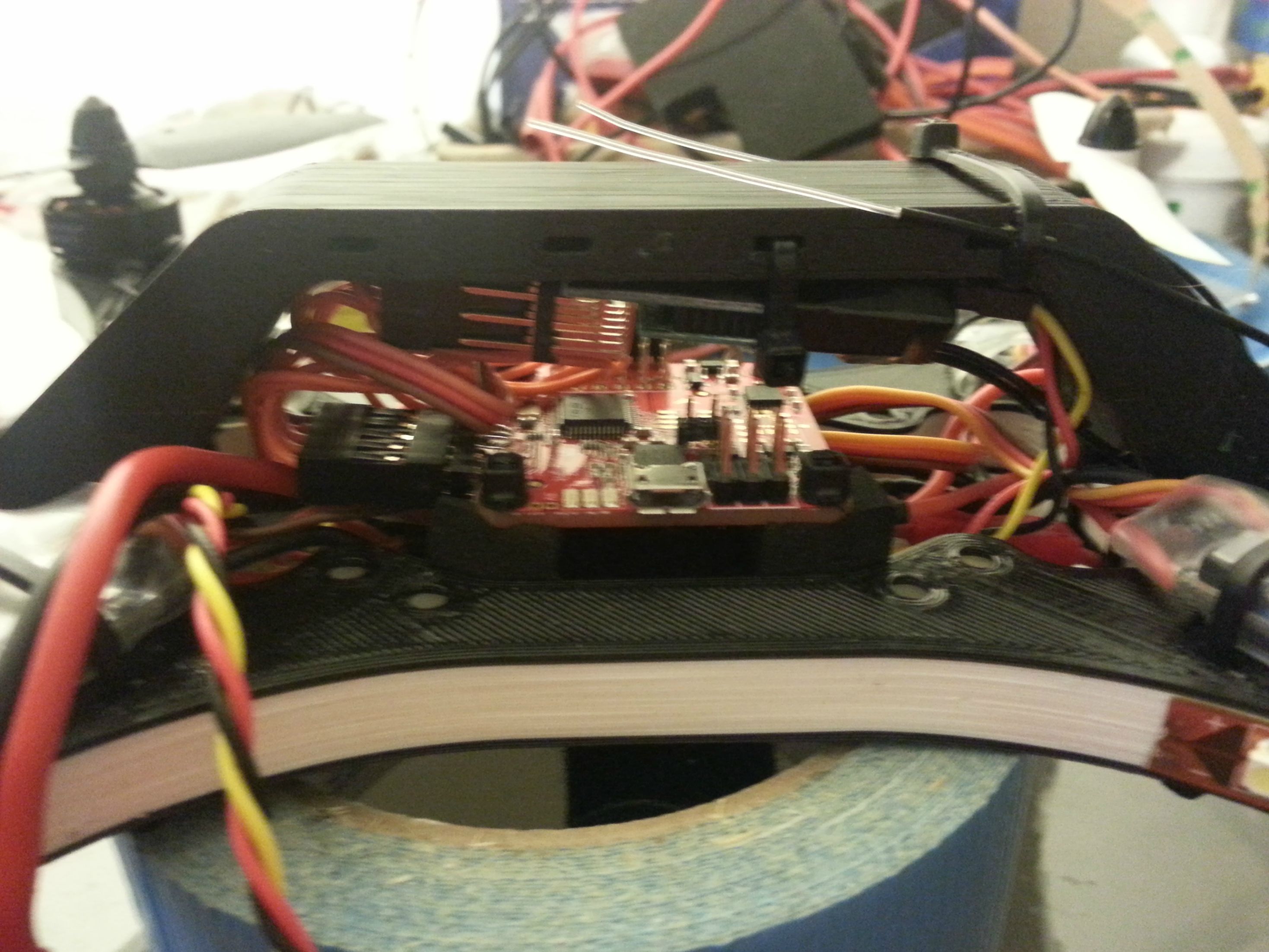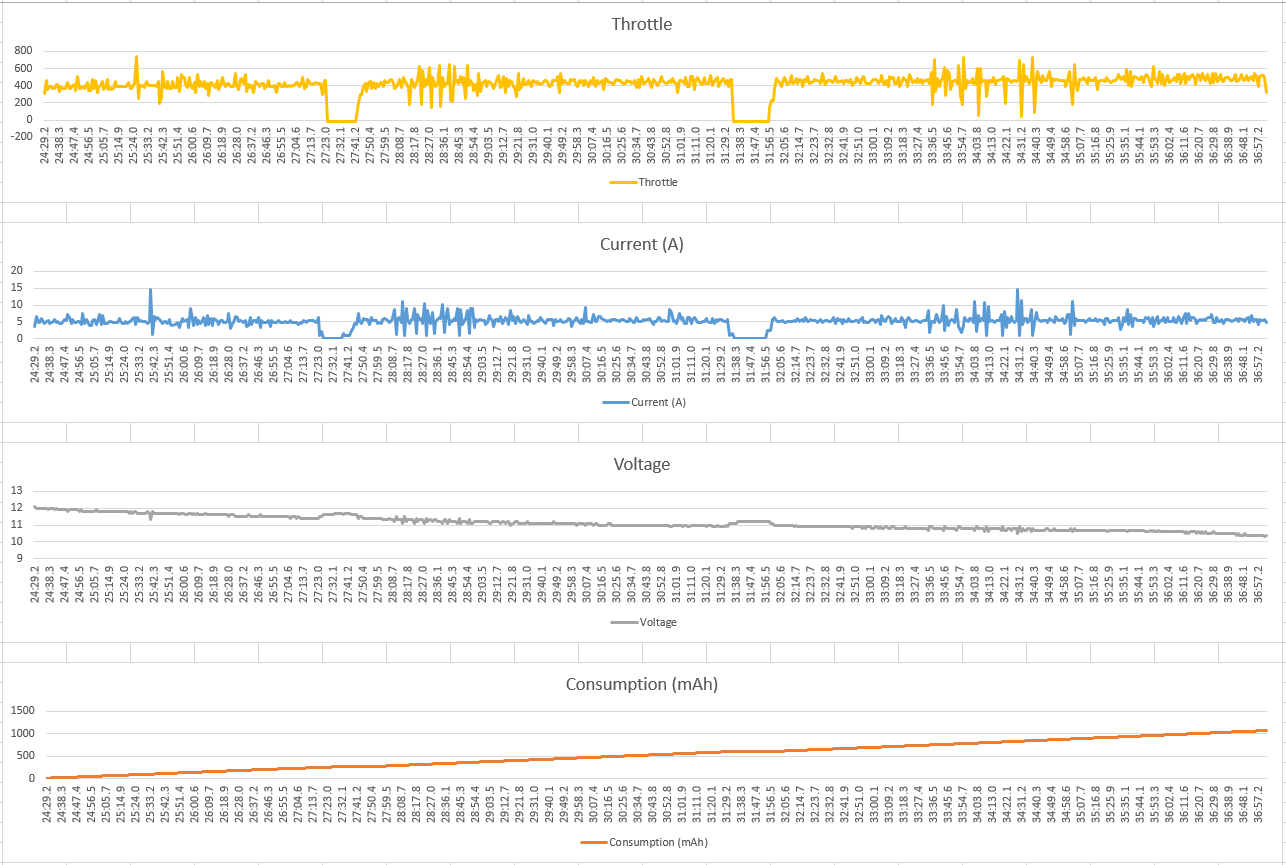Mustang7302
Senior Member
After the last build for a Bat Bone and having purposed my F330 quad for my FPV flying, I decided I wanted to build a small and light acro quad. When Hobby King announced the Spec FPV250 kit I jumped on it because it was a killer deal and ideal for what I had in mind. Seven weeks after ordering the kit I still have not received it, HK customer service has been worthless, and even calling them out on social media (Forums, Facebook, Twitter, YouTube) got no attention. So despite 16 successful orders over ten months with them, I swore off HK because I refuse to support such terrible service. I am still waiting on the PayPal dispute to settle, but that wasn't going to stop me from finding something to build.
That left me with a challenge to find US based suppliers that had selection, decent price, and most importantly service. To be clear on service, I expect orders to be out the door within two business days and use a means of shipping which is reliable and quick. This might sound impossible to some, but there have been many companies which have exceeded my expectation. Altitude Hobbies (Colorado based), Ready Made RC (Ohio Based), Multirotor Super Store (California Based), and X Hover (California Based) have all exceeded my expectations for orders. Other US companies, that I know of, which I have not done business with to date is Get FPV and Buddy RC. So there are options out there.
In my list of US suppliers I had left out Ready To Fly Quads because I haven't had acceptable service with them. My first order from them for a Flip 2.5 controller didn't ship after two weeks and I ended up going to a PayPal dispute to get my money back. I swore off RTFQ as a vendor I would do business with because this experience was so poor. Then I started looking around for small higher KV motors for mini builds and they're nearly impossible to find in stock. I lucked into finding RTFQ having stock of one of the two options I was looking for, held my breath, and ordered from them again. Order went in Thursday night, Monday the packing label was printed, and Wednesday morning the package is moving through the mail. While this experience is infinitely better than the first time, I still hesitate to recommend unless it is a last solution.
Now that was a bit of ranting, but it sets the stage for this build. The goal of a small, light, durable, acro quad sourced from US suppliers that wasn't super expensive because I still have money tied up with HK and I splurged on a whim by getting a FrSky Taranis.
Build Specs:
Flight Controller: Acro Naze32 (Sourced from MRSS)
Motors: RCX 1804 2400KV 7A (Sourced from RTFQ)
ESCs: B-12A Ice Blue Series with SimonK (Sourced from RTFQ)
Props: 5030 Two Blade Nylon CW & CCW Pairs (Sourced from X Hover)
Frame: Polakium Engineering SSHQuad v3 with Roll Bar and Landing Feet
Receiver: FrSky X6R with Voltage and Current Telemetry Sensors (Sourced from RMRC)
Battery: 1300mAh 3S 35C LiPo (Sourced from MRSS)
Since Cranial let the cat out of the bag in one of the other threads, I thought I would go ahead and get this started. I expect everything should arrive on Friday, so I hope to spend most of Saturday building and Sunday flying the new little guy. I will take pictures along the way and expand on little things which differ from building larger FT multis.
That left me with a challenge to find US based suppliers that had selection, decent price, and most importantly service. To be clear on service, I expect orders to be out the door within two business days and use a means of shipping which is reliable and quick. This might sound impossible to some, but there have been many companies which have exceeded my expectation. Altitude Hobbies (Colorado based), Ready Made RC (Ohio Based), Multirotor Super Store (California Based), and X Hover (California Based) have all exceeded my expectations for orders. Other US companies, that I know of, which I have not done business with to date is Get FPV and Buddy RC. So there are options out there.
In my list of US suppliers I had left out Ready To Fly Quads because I haven't had acceptable service with them. My first order from them for a Flip 2.5 controller didn't ship after two weeks and I ended up going to a PayPal dispute to get my money back. I swore off RTFQ as a vendor I would do business with because this experience was so poor. Then I started looking around for small higher KV motors for mini builds and they're nearly impossible to find in stock. I lucked into finding RTFQ having stock of one of the two options I was looking for, held my breath, and ordered from them again. Order went in Thursday night, Monday the packing label was printed, and Wednesday morning the package is moving through the mail. While this experience is infinitely better than the first time, I still hesitate to recommend unless it is a last solution.
Now that was a bit of ranting, but it sets the stage for this build. The goal of a small, light, durable, acro quad sourced from US suppliers that wasn't super expensive because I still have money tied up with HK and I splurged on a whim by getting a FrSky Taranis.
Build Specs:
Flight Controller: Acro Naze32 (Sourced from MRSS)
Motors: RCX 1804 2400KV 7A (Sourced from RTFQ)
ESCs: B-12A Ice Blue Series with SimonK (Sourced from RTFQ)
Props: 5030 Two Blade Nylon CW & CCW Pairs (Sourced from X Hover)
Frame: Polakium Engineering SSHQuad v3 with Roll Bar and Landing Feet
Receiver: FrSky X6R with Voltage and Current Telemetry Sensors (Sourced from RMRC)
Battery: 1300mAh 3S 35C LiPo (Sourced from MRSS)
Since Cranial let the cat out of the bag in one of the other threads, I thought I would go ahead and get this started. I expect everything should arrive on Friday, so I hope to spend most of Saturday building and Sunday flying the new little guy. I will take pictures along the way and expand on little things which differ from building larger FT multis.
Last edited:


